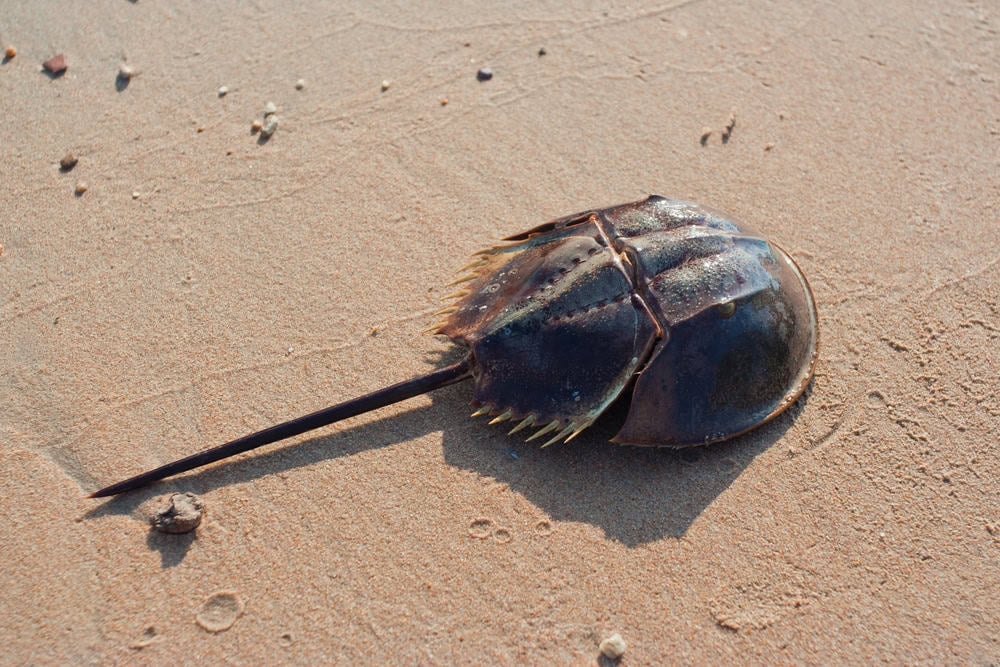Australia, with its stunning landscapes and extraordinary biodiversity, is home to some of the planet’s most remarkable and enduring species. Among these are the living fossils, ancient creatures that have changed little over millions of years and continue to thrive in their unique ecosystems. These evolutionary holdovers offer profound insights into the Earth’s long biological history and inspire awe with their persistence.
What Are Living Fossils?

Living fossils are organisms that have remained virtually unchanged over millions of years, resembling their extinct relatives preserved in the fossil record. They offer a fascinating glimpse into evolutionary dynamics, often surviving environmental changes that drove others to extinction. Australia’s isolation has allowed many such species to flourish, shielded from external pressures that influenced global evolution.
The Platypus: Australia’s Iconic Anomaly

Among the most famous of Australia’s living fossils is the platypus, a monotreme that appears to defy nature itself. With its duck-bill, webbed feet, and egg-laying habits, the platypus is a mosaic of mammalian and reptilian traits. Fossil evidence indicates its ancestors lived over 100 million years ago, yet the modern platypus remains remarkably similar in structure.
Lungfish: The Breathing Relics

Australian lungfish, another ancient marvel, are often called “living fossils” due to their close resemblance to ancestors from nearly 400 million years ago. Unlike most fish, lungfish possess both gills and lungs, enabling them to survive in low-oxygen environments by breathing air—a trait that has undoubtedly contributed to their long-term survival.
The Wollemi Pine: A Time Traveler in the Plant Kingdom

Thought to be extinct until the early 1990s, the Wollemi pine is a botanical superlative. With origins dating back to the age of the dinosaurs, it was rediscovered in a remote Australian gorge, prompting botanists to label it a “dinosaur tree.” Its discovery was akin to finding a living Tyrannosaurus rex, underscoring the profound mysteries of Australia’s natural world.
Horseshoe Crab: Ancient Mariners

Although not endemic to Australia, the horseshoe crab has had a consistent presence in Australian waters. Recognizable by their domed shells and blue blood, horseshoe crabs have maintained their form for over 450 million years. Their cytoplasm has proven invaluable for medical research, which often overshadows their ecological significance.
Living Fossils in Freshwater: The Case of Neoceratodus

Neoceratodus, one of the few lungfish species inhabiting Australian waterways, is notable for its unchanged appearance despite eons. These fish are crucial in understanding vertebrate evolution, showcasing traits from both fish and amphibians. Their remarkable adaptation abilities highlight and underscore the resiliency that has allowed them to persist through numerous geological eras.
Tuatara: New Zealand’s Solemn Sentinel

Although technically found in neighboring New Zealand, the tuatara warrants mention due to its close ties to ancient Australia. These relic reptiles have survived 200 million years of evolutionary history unchanged. Looked upon as holdovers from the Mesozoic era, their continued existence offers rich insights into the prehistoric ecosystems of the Southern Hemisphere.
How Isolation Shapes Evolution

Australia’s ancient, isolated landscapes contribute significantly to the preservation of species like those mentioned. Geographic seclusion has created unique evolutionary pressures, fostering adaptation and preservation that stand in stark contrast to life elsewhere. This isolation often results in species with distinct evolutionary paths, mirroring the conditions their ancestors once faced.
The Role of Conservation in Protecting Living Fossils

Understanding the distinct characteristics and evolutionary significance of Australia’s living fossils is crucial for their conservation. Many of these species face new challenges from climate change, habitat destruction, and human encroachment. Effective conservation efforts require a deep appreciation for their ecological roles and a commitment to preserving these irreplaceable treasures.
A Window into Earth’s Past

Living fossils offer invaluable insights into Earth’s biological history. By studying these enduring species, scientists can gain a clearer understanding of past ecosystems and evolutionary processes. They serve as living laboratories, enabling researchers to test evolutionary theories against biological and ecological realities spanning hundreds of millions of years.
The Fascination with Ancient Species

The mystique surrounding living fossils captivates the human imagination, from their resilience in the face of climatic cataclysms to their unchanging presence in an ever-changing world. They provide not only scientific intrigue but also a sense of wonder, reminding us of life’s profound complexity and the interconnectedness of all living things across time.
Conclusion: Guardians of a Forgotten Era

Australia’s living fossils are emblematic of nature’s perseverance, serving as tangible connections to Earth’s distant past. By understanding and protecting these ancient species, we honor the delicate balance of past and present ecosystems. They stand as guardians of an era almost forgotten, reminding us of our responsibility to steward the natural world for future generations.
- How Bison Calves Learn to Run Just Hours After Birth - August 18, 2025
- This State Has the Most Bird Species - August 18, 2025
- The Living Fossils of Australia: These Ancient Creatures Defy Evolution - August 18, 2025

